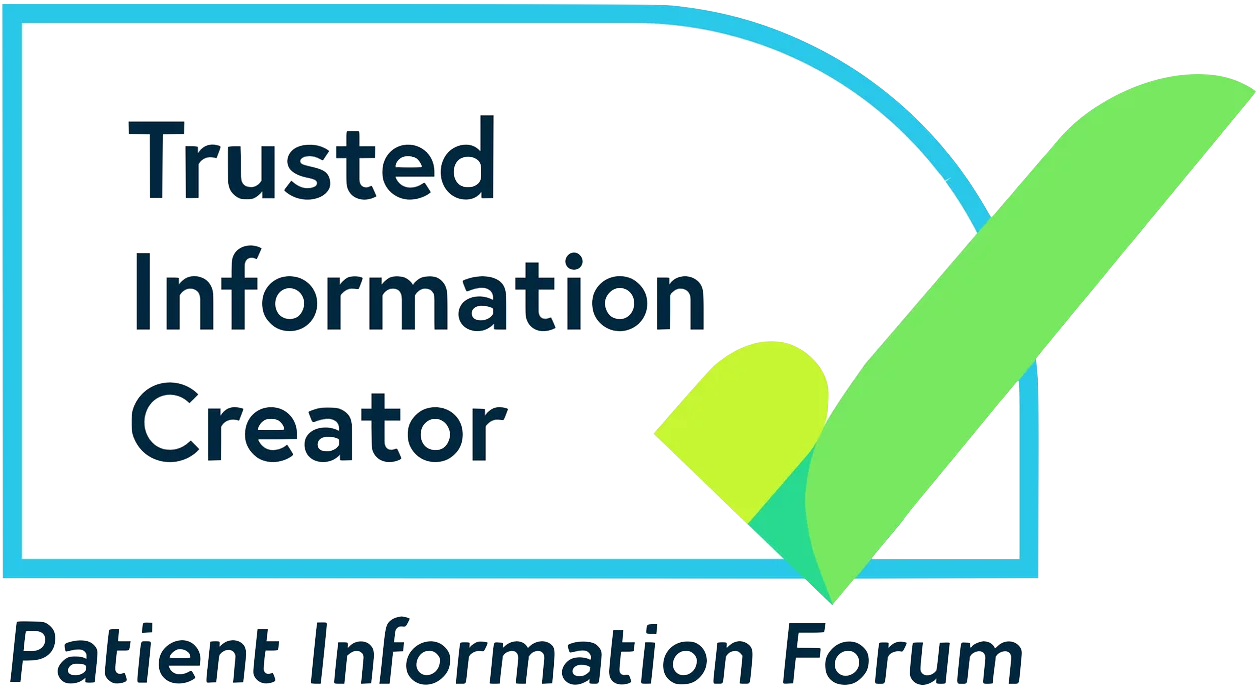If you would like to talk to someone about epilepsy, our trained advisers are here to help.
What would you like to find out about today?
Who gets childhood absence epilepsy (CAE)?
CAE usually starts between the ages of 4 and 10 years. But it’s possible for it to start in children slightly older or younger than this. It’s up to three times more common in girls than boys. Around one in 5 school-age children with epilepsy have CAE.
It’s not known exactly what causes CAE. But there is thought to be a strong genetic link.
CAE is one of a group of epilepsy syndromes called ‘idiopathic generalised epilepsies (IGE)’ or ‘genetic generalised epilepsies (GGE)’. The other syndromes in this group include:
- Juvenile absence epilepsy
- Juvenile myoclonic epilepsy
- Epilepsy with generalised tonic-clonic seizures alone (GTCA)
There is some overlap between these syndromes, and your child may go on to develop one of the other types.
Symptoms
If your child has CAE, they may have lots of absence seizures on a daily basis. This can be more than 30 times a day for some children.
In a typical absence seizure, your child may:
- Suddenly lose awareness
- Stop talking or what they are doing, and stare blankly into space
- Not respond to people talking to them or gently touching them
- Make slight, repetitive movements with their fingers, hands, mouth or eyes called ‘automatisms’
The seizure usually lasts for around 10 seconds and stops as suddenly as it starts. Afterwards, your child may just go back to what they were doing, as though nothing has happened. Sometimes they might appear a little confused, but only for a couple of seconds.
Occasionally, an absence seizure may come on more gradually and last for longer (more than than 15 or 20 seconds). These may be classed as ‘atypical’ absence seizures.
Your child is more likely to have an absence seizure when they’re sitting quietly, tired or unwell. They’re less likely to happen when your child is busy or focused on an activity that they enjoy.
As a parent, you may initially pass off these episodes as your child day-dreaming or not paying attention. But you’ll probably start to notice them happening more often and lasting longer.
Diagnosis
Your child should see a specialist doctor called a paediatrician for an assessment. The paediatrician may recommend a test called an EEG (electroencephalogram) to help confirm a diagnosis. An EEG records the electrical activity in the brain. If your child has CAE, it will pick up abnormal electrical activity when they’re having a seizure. The abnormal activity is called ‘spike and wave’ activity.
Your child’s doctor may ask them to ‘overbreathe’ (hyperventilate) for a few minutes when they carry out the EEG. This means breathing in and out very deeply or very quickly. Hyperventilation will trigger an absence seizure in nearly all children who have CAE. This can be an important part of making a diagnosis.
You don’t usually need further tests to diagnose CAE. But if treatment doesn’t control your child’s seizures or the diagnosis is uncertain, your doctor may recommend some additional tests. These may include an MRI (magnetic resonance imaging) brain scan or genetic tests.
We're here to help
Our expert advisors can help you with any questions you might have about epilepsy.
Treatment
Epilepsy medicines normally work well for children with CAE. Your child’s doctor may prescribe one of the following epilepsy medicines:
- Ethosuximide
- Sodium valproate
- Lamotrigine or levetiracetam either on their own or in addition to one of the other medicines
Other medicines that are used less often for CAE include topiramate and zonisamide.
Sodium valproate can harm an unborn baby if taken during pregnancy. For this reason, if your child is able to get pregnant, or may do when they’re older, your child’s paediatrician will usually suggest an alternative medicine. If they do recommend treatment with sodium valproate, they will discuss the risks and benefits with you and your child first.
Information about treatments for children can be found on the Medicines for Children website.
Outlook
Around 6 in 10 children with CAE will grow out of it by the time they reach their early teens.
In some children, CAE may evolve into one of the other IGE syndromes as they get older. These include juvenile absence epilepsy and juvenile myoclonic epilepsy. If this happens, your child may start developing other types of seizures. These can include myoclonic and generalised tonic-clonic seizures.
CAE can sometimes be associated with things like attention, memory and language problems. Children with CAE may also be more likely to have depression and anxiety.
Your child’s doctor should be able to give you advice about getting support in these areas if needed. We have more information on how epilepsy can affect learning and behaviour.
More support and information
Contact
Contact is a charity for families with disabled children
Freephone helpline: 0808 808 3555
Website: www.contact.org.uk
Email: helpline@contact.org.uk
Here to support you
Send us your question
Send a question to our trained epilepsy advisers. (We aim to reply within two working days).


